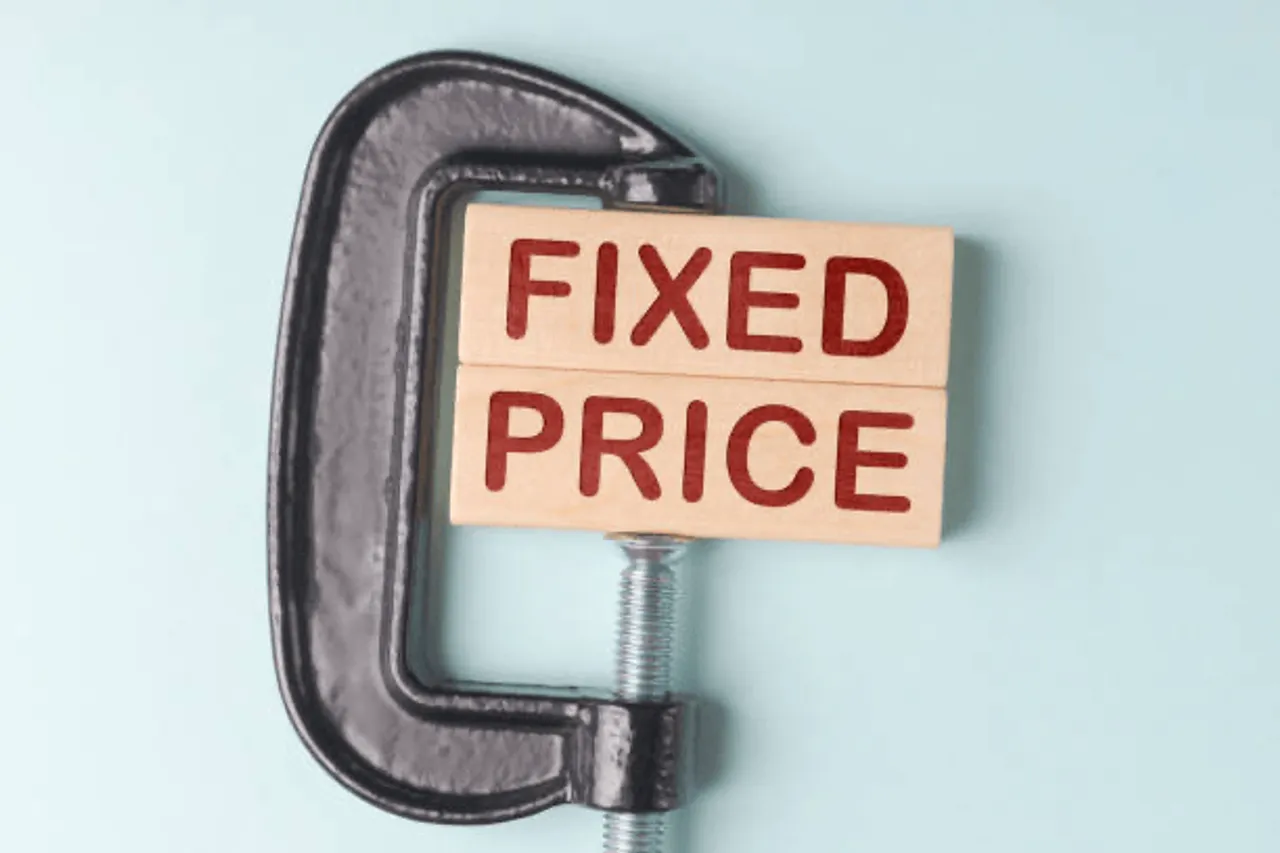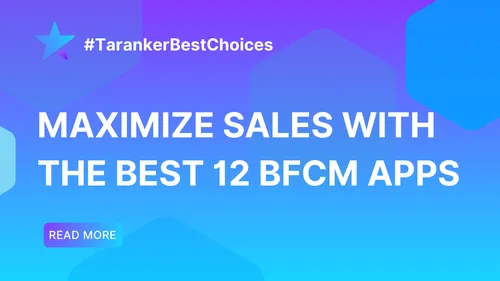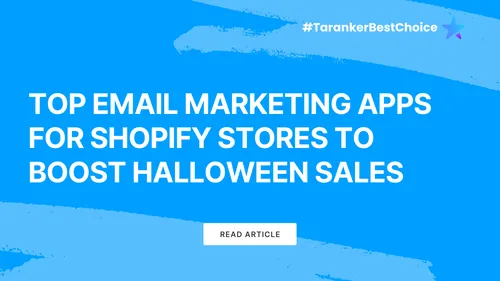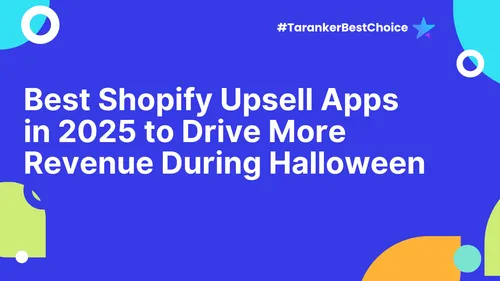In today’s competitive ecommerce landscape, pricing plays a pivotal role in driving sales and profitability. When it comes to pricing models, dynamic pricing and fixed pricing are two common approaches. Both have their strengths and challenges, and businesses are increasingly finding success by blending the two strategies into a hybrid pricing model.
A hybrid pricing model enables businesses to maximize profits during fluctuating demand while maintaining stability and predictability for customers on staple products. This balance helps businesses remain competitive, optimize revenue, and ensure customer trust.
In this blog, we’ll explore the advantages of blending dynamic and fixed pricing models, provide a step-by-step guide on how to implement this strategy, and highlight real-world examples of businesses successfully using this approach.

1. Understanding Dynamic Pricing vs. Fixed Pricing
Before diving into how to blend the two pricing models, it’s important to understand the key differences between dynamic pricing and fixed pricing.
1.1. Dynamic Pricing: Flexibility for Changing Markets
Dynamic pricing adjusts product prices in real time based on factors like market demand, competitor pricing, inventory levels, and customer behavior. This pricing model is highly flexible, allowing businesses to take advantage of market fluctuations. For example, during peak seasons or special events, businesses can increase prices, while during slower periods, they can lower prices to attract more customers.
Advantages of Dynamic Pricing:
-
Maximizes profitability during high-demand periods:
Dynamic pricing enables businesses to capitalize on peak demand times by adjusting prices to match consumer willingness to pay. For example, during holidays or flash sales, businesses can raise prices on popular products to maximize revenue. This approach ensures that businesses are making the most of moments when customer demand is at its highest. -
Responds quickly to competitor price changes:
In highly competitive markets, staying ahead of competitors is essential. Dynamic pricing allows businesses to adjust their prices in real-time based on competitor price changes. By constantly monitoring the market, businesses can ensure that their prices remain attractive without sacrificing profit margins, helping them stay competitive without being undercut by others. -
Tailors pricing based on customer segments:
Dynamic pricing also offers the ability to personalize prices based on individual customer behavior or demographics. For example, businesses can adjust prices based on purchase history, location, or demand patterns. This enables businesses to target specific customer groups more effectively, offering them customized pricing that aligns with their buying behavior and increases conversion rates.
Challenges of Dynamic Pricing:
-
Potential for customer confusion due to fluctuating prices:
One of the biggest challenges with dynamic pricing is that frequent price changes can create confusion or frustration among customers. When prices fluctuate based on time, demand, or competitor pricing, customers may feel uncertain about what they should expect to pay, leading to a potential lack of trust. This can harm the customer experience, especially if they feel they're being charged unfairly. -
Requires complex pricing algorithms and monitoring tools:
To implement dynamic pricing successfully, businesses need sophisticated algorithms and monitoring systems to track market changes and adjust prices automatically. This can be a significant investment in terms of both time and resources. For smaller businesses or those without the necessary technology infrastructure, managing dynamic pricing effectively can become complicated and time-consuming. -
Can lead to price wars with competitors:
When multiple businesses in the same industry adopt dynamic pricing, it can lead to price wars. Competing to offer the lowest prices can erode profit margins, and if not managed properly, it can result in a race to the bottom. This aggressive price competition may force businesses to cut their prices too much, leading to reduced profitability and potentially damaging brand perception.

1.2. Fixed Pricing: Stability for Predictable Products
Fixed pricing, on the other hand, involves setting a stable price for a product that remains constant over time. Customers know exactly what they’ll pay for an item, which creates a sense of trust and transparency. This model is ideal for businesses selling products with steady demand, such as basic goods or items with little fluctuation in consumer interest.
Advantages of Fixed Pricing:
-
Predictable revenue and stable profit margins:
Fixed pricing provides businesses with consistent pricing that doesn’t change over time, making it easier to forecast revenue and manage cash flow. Since customers know exactly what they will pay, businesses can maintain stable profit margins without the fluctuations seen in dynamic pricing. This stability is especially beneficial for budgeting and financial planning. -
Builds long-term trust with customers:
With fixed pricing, customers enjoy price consistency, which fosters trust and loyalty. When customers know the price will remain the same each time they return, it enhances their sense of security and confidence in the business. This transparency often leads to stronger, long-lasting relationships with customers. -
Easy to manage and doesn’t require complex tools:
Unlike dynamic pricing, which requires advanced algorithms and real-time data monitoring, fixed pricing is straightforward and easy to implement. There’s no need for complicated software or tools to adjust prices. This simplicity makes it a preferred model for businesses with limited resources or small product catalogs, as it’s easy to maintain and manage.
Challenges of Fixed Pricing:
-
Missed opportunities to maximize profits during high-demand periods:
One major limitation of fixed pricing is that it doesn’t allow businesses to capitalize on periods of high demand. During peak seasons or special events, businesses could potentially raise prices to maximize revenue. However, with fixed pricing, businesses miss out on these opportunities to adjust prices based on demand, leading to missed profit potential. -
Less flexibility in responding to market changes:
Fixed pricing doesn’t offer the same level of flexibility as dynamic pricing. When market conditions change, such as competitor price reductions or a shift in consumer demand, businesses using fixed pricing cannot immediately adjust their prices. This lack of adaptability can leave businesses vulnerable to price competition and market shifts. -
May not be competitive in fast-paced industries:
In industries with rapid changes, such as tech or fashion, fixed pricing may not be as effective. Competitors who adopt dynamic pricing can easily adjust to market conditions and consumer behavior, whereas businesses relying on fixed pricing may find themselves unable to react quickly to changes in demand or competitor pricing. This could make them less competitive, especially when price-sensitive customers are involved.

2. How a Hybrid Approach Maximizes Profitability and Stability
Now that we understand the differences between dynamic and fixed pricing, let’s explore how combining both strategies can benefit your ecommerce business. A hybrid model allows you to maximize revenue for high-demand products while offering predictability and trust for stable products. Here’s how to effectively blend both pricing models:
2.1. Applying Dynamic Pricing to High-Demand Products
For products that experience sharp demand fluctuations—like electronics, event tickets, or limited-edition items—dynamic pricing is ideal. These products can see significant demand spikes during special events, holidays, or flash sales, and dynamic pricing allows you to raise prices to take advantage of these surges.
Example:
During the holiday season, a business selling smartphones can increase prices to capture the higher willingness to pay among consumers. On the other hand, during the off-peak period, they can lower prices to drive sales and reduce excess inventory.
2.2. Using Fixed Pricing for Stable Products
For products with consistent, predictable demand—such as clothing basics, household items, or non-seasonal goods—fixed pricing works best. These products don’t experience large fluctuations in demand, so the price should remain stable to build brand loyalty and offer transparency.
Example:
A clothing brand can offer t-shirts, jeans, or basic accessories at fixed prices, ensuring that customers know exactly what they will pay every time they shop. This consistency encourages trust and long-term customer relationships.
2.3. Offering a Hybrid Solution for Seasonal or Specialized Products
Some products may fall into both categories depending on the season. For example, seasonal clothing like winter coats might see high demand during the colder months but relatively stable demand during off-seasons. In such cases, businesses can apply dynamic pricing during high-demand periods (winter) and revert to fixed pricing during the off-season to maintain simplicity.
3. Best Practices for Blending Dynamic and Fixed Pricing
Successfully blending dynamic and fixed pricing requires a balance of strategy, technology, and customer communication. Here are the best practices to consider:
3.1. Segment Your Product Catalog
The first step in blending both pricing models is to segment your product catalog into high-demand and steady-demand categories. Consider factors such as seasonality, popularity, and price sensitivity. Once products are categorized, you can apply dynamic pricing to items with fluctuating demand and fixed pricing to everyday products that experience consistent demand.
3.2. Use Pricing Automation Tools
To streamline the process and manage both dynamic and fixed pricing, consider investing in pricing automation tools. These tools help you automatically adjust prices for high-demand products based on real-time data, while maintaining consistency for fixed-priced items. With the right tools, you can minimize manual intervention and ensure accuracy in pricing.
Examples of tools to use:
-
Prisync: Offers dynamic pricing automation for tracking competitors' prices and adjusting your own accordingly.
-
Pricefx: A cloud-based dynamic pricing solution that helps automate pricing strategies and ensures you're always competitive.
3.3. Communicate Pricing Changes Clearly
If you are using dynamic pricing for certain products, it’s important to communicate this clearly to your customers. Consider adding disclaimers in product descriptions or during checkout, explaining that prices may vary based on demand. For fixed pricing products, emphasize the consistency and predictability of prices to foster customer trust.

4. Real-World Examples of Hybrid Pricing in Action
4.1. Electronics Store Example: Maximizing Revenue Through Dynamic Pricing
An online electronics store sells popular tech products such as laptops, smartphones, and gaming consoles. During the holiday shopping season, the demand for these products skyrockets. The store uses dynamic pricing for its best-selling laptops and smartphones, raising prices slightly during the high-demand period. However, the store maintains fixed pricing for accessories like phone cases, charging cables, and screen protectors, which have steady, predictable demand year-round.
This hybrid pricing strategy allows the store to maximize profits during peak seasons while keeping transparent pricing for everyday products, ensuring customer loyalty and minimizing price confusion.
4.2. Clothing Brand Example: Balancing Seasonal Items with Everyday Staples
A clothing brand uses dynamic pricing for its limited-edition seasonal items, such as winter coats. As winter approaches, demand increases, and the brand raises prices to maximize revenue. During the off-season, prices are lowered to clear out inventory. Meanwhile, the brand keeps its basic t-shirts and jeans at fixed prices, ensuring customers know exactly what they’re paying.
This approach gives the brand the flexibility to adapt to market conditions while maintaining customer trust through stable pricing for everyday items.
Conclusion:
Blending dynamic pricing and fixed pricing allows ecommerce businesses to optimize profitability while maintaining transparency and trust. By using dynamic pricing for high-demand, seasonal products and fixed pricing for stable, everyday items, businesses can ensure that they are maximizing revenue without alienating customers.
To implement a successful hybrid pricing strategy, it’s essential to start by segmenting your product catalog based on demand patterns. This means grouping your products into categories such as high-demand and stable-demand items. For products that experience frequent fluctuations in demand, you can apply dynamic pricing, while fixed pricing is best suited for products with consistent and predictable sales.
By adopting a hybrid pricing model, you can stay competitive, optimize revenue, and build long-term customer loyalty, positioning your business for success in both high-demand and stable market conditions.













